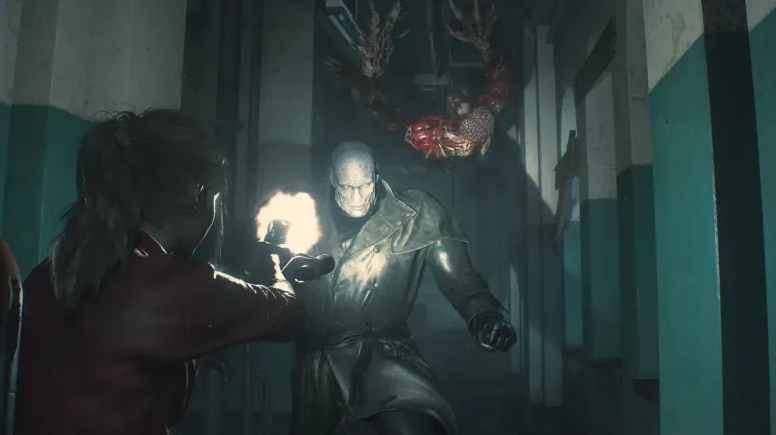
Capcom’s Resident Evil 2 Remake, released in 2019, not only reinvigorated the classic survival horror title but also set a new standard for remakes in the gaming industry. With its meticulous attention to detail, expanded narrative, and enhanced gameplay mechanics, the remake successfully captured the essence of the original while introducing fresh elements that resonated with both longtime fans and newcomers.
Twenty-five years after Capcom’s groundbreaking release of the original Resident Evil, the Resident Evil 2 Remake proved to be a monumental success. While the gaming landscape had evolved since the series’ debut in 1996, the survival horror, action, and suspense elements in Resident Evil remained a dominant force in the gaming industry. This was evident in the success of recent titles such as Resident Evil Village and the remakes of earlier installments.
Resident Evil 2 Remake, in particular, stood out as one of Capcom’s most successful and impactful games. Following its release, the game achieved remarkable sales milestones, surpassing 10 million copies sold by the end of the previous year and likely exceeding 13 million copies in the current year. This accomplishment solidified its position as the best-selling title in the Resident Evil series.
The success of Resident Evil 2 Remake can be attributed to various factors, one of which is the game’s ability to maintain the original’s spirit while introducing significant improvements. The remake not only expanded the roles of secondary characters like Robert Kendo and Marvin Branagh but also delved deeper into their backgrounds and motivations.
Monsters and enemies, such as zombies, lickers, mutated plants, and the terrifying T-00 (Mr. X), received comprehensive updates, making them more formidable than their original counterparts. Mr. X, in particular, underwent a complete reprogramming, becoming a relentless pursuer throughout the police station. This added a new layer of tension, requiring players to strategize and consider their every move.
New locations, including the Orphanage and expanded sewer network, provided fresh areas for exploration. The Umbrella laboratory beneath the city underwent significant expansion, presenting a more realistic depiction of a facility housing advanced bioweaponry. Noteworthy additions, such as Sherry’s escape from the police chief’s orphanage, offered compelling new storylines not present in the original game.
Resident Evil 2 Remake introduced a shift in perspective, adopting an over-the-shoulder third-person camera angle instead of the traditional fixed cameras of the original. While this change initially drew mixed reactions from fans, it catered to a contemporary audience unfamiliar with the classic fixed-camera style. The updated gameplay allowed for a faster-paced experience, contrasting with the deliberate pacing of the original.
Despite the numerous changes and improvements, Capcom skillfully preserved the spirit and atmosphere of the original Resident Evil 2. While some deviations in the story disappointed fans of the original choice system for Leon and Claire, the addition of a “B” scenario for both characters provided subtle variations in the “A” scenario, introducing new bosses and more complex puzzles.
In conclusion, Resident Evil 2 Remake set a high bar for remakes in the gaming industry. Capcom’s ability to learn from the less successful Resident Evil 3 Remake and deliver an exceptional experience with Resident Evil 4 Remake showcased the studio’s dedication to the beloved series. As fans eagerly anticipate future remakes, Capcom’s challenge lies in drawing inspiration from the success of Resident Evil 2 Remake to continue delivering artistic masterpieces for the world’s most iconic survival horror franchise.
Leave a Reply